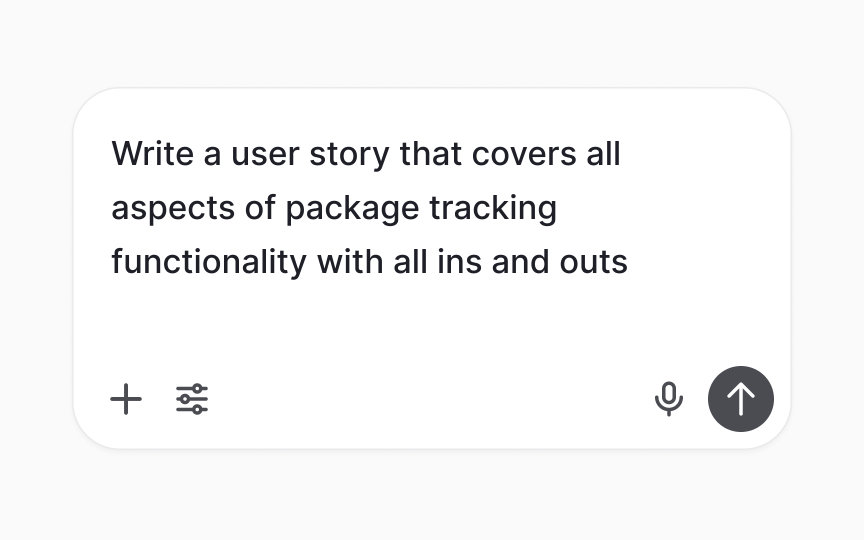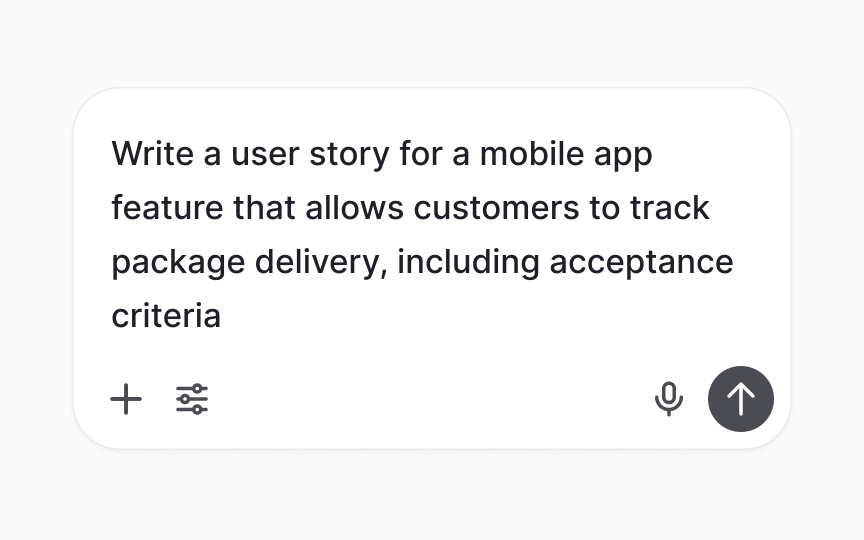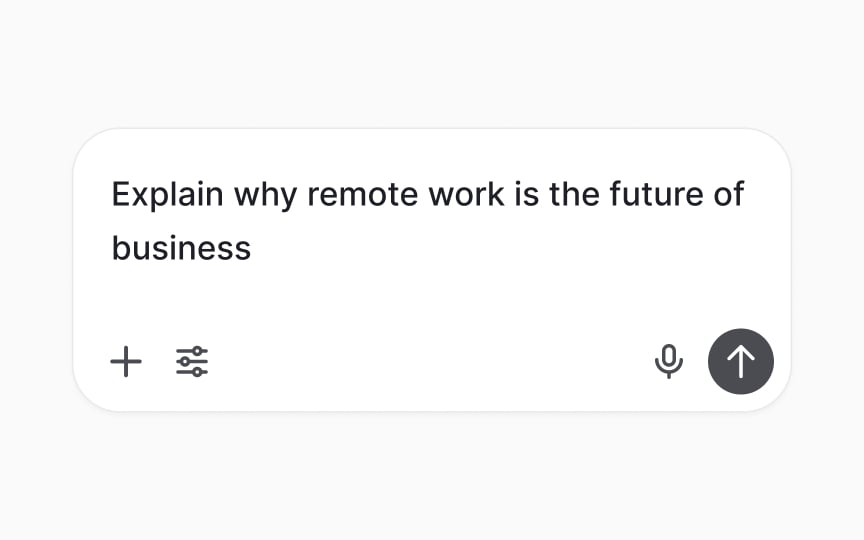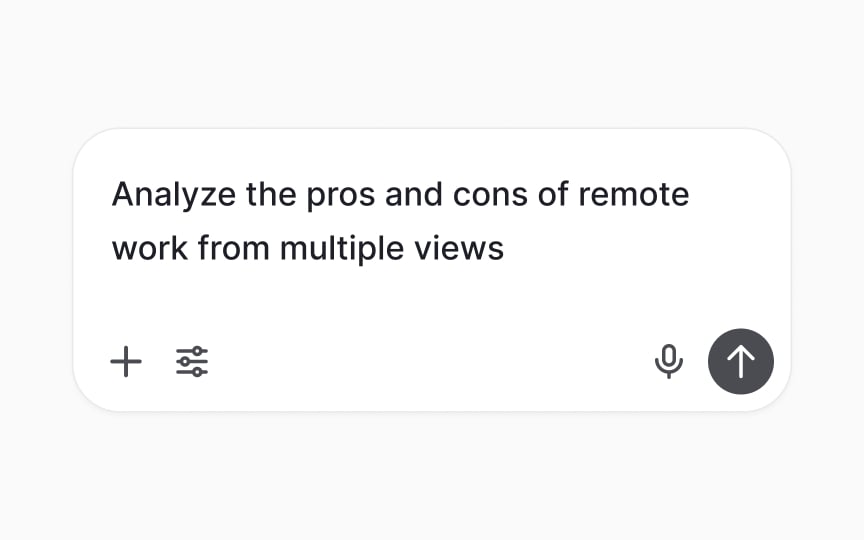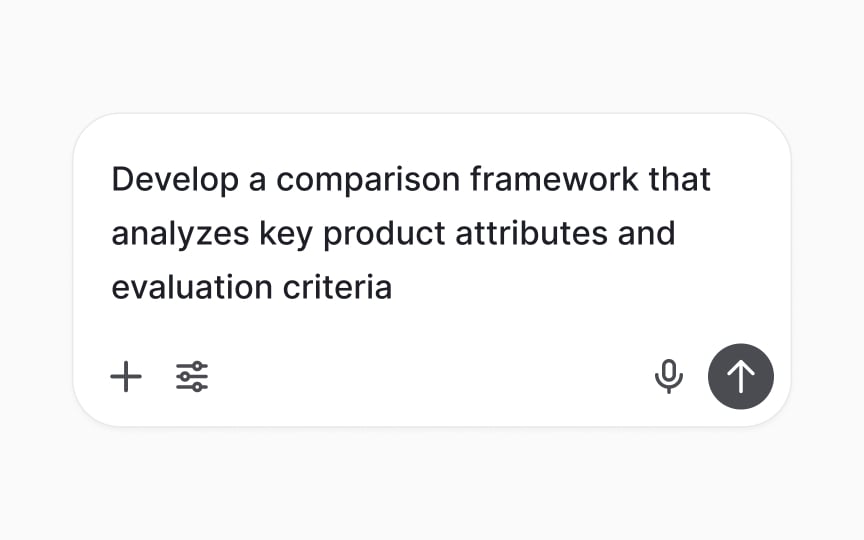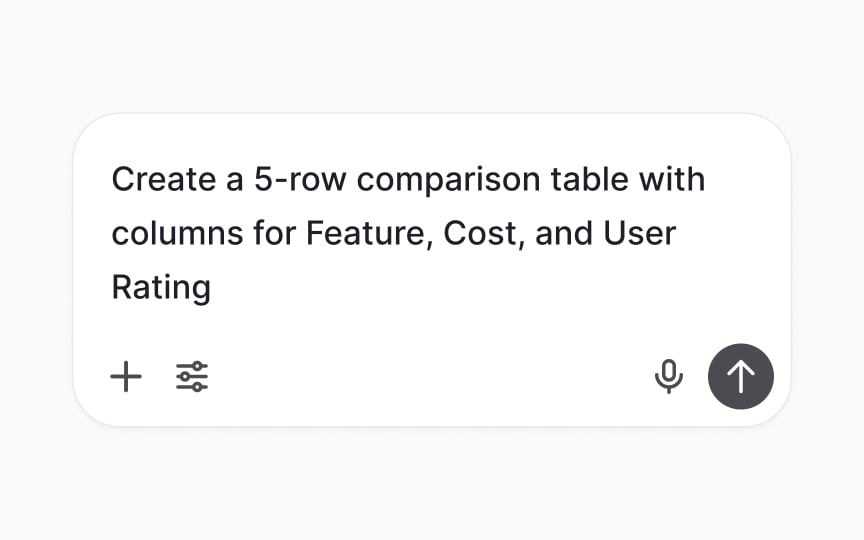Principles of Effective Prompting
Transform vague AI requests into precise instructions by understanding clarity, context, and validation principles.
Success with AI depends on understanding core principles that separate frustrating interactions from productive ones. Clear communication forms the foundation, transforming vague requests into precise instructions. Specificity eliminates ambiguity, while context helps AI understand not just what you're asking, but why. These aren't abstract concepts but practical tools that improve every interaction. AI can confidently present false information as fact. These "hallucinations" include invented statistics and fictional citations that sound plausible. Biased outputs reflect training data patterns that might not serve your needs. Recognizing these pitfalls early prevents embarrassing mistakes and wasted effort. The real power comes from developing an intuitive sense for effective prompts. Through systematic validation and refinement, AI transforms from an unpredictable tool into a reliable partner. These principles become second nature with practice, consistently delivering quality outputs that match your intentions.
Clear communication forms the foundation of effective prompting. When instructions lack clarity,
Clarity involves:
- Use simple, direct language. Choose words that leave no room for misinterpretation
- Avoid jargon unless necessary. Keep technical terms minimal unless essential for your field
- Break complex requests into digestible parts. Split multi-faceted tasks into clear components
- List requirements explicitly. Don't bury important details in long paragraphs
- Remember AI processes language literally. Figurative expressions often get lost in translation
Precision means being exact about quantities, formats, and constraints. Instead of "make it shorter," specify "reduce to 100 words." Rather than "make it professional," define what professional means in your context. This specificity dramatically improves output quality and reduces the need for multiple iterations.
Pro Tip: Start prompts with action verbs like "create," "analyze," or "summarize" to immediately clarify your intent.
Every prompt should have a clear purpose that drives its structure. Goal-oriented design means starting with your desired outcome and working backward to craft instructions that achieve it. This approach prevents unfocused outputs that technically answer your prompt but don't serve your actual needs.
Begin by defining what success looks like. Are you seeking creative ideas, factual analysis, or structured documentation? Your goal shapes every aspect of the prompt, from tone to format requirements. For instance, brainstorming prompts benefit from open-ended phrasing that encourages varied thinking, while technical documentation prompts need strict guidelines.
Consider your audience when setting goals. A prompt for generating customer-facing content requires different considerations than internal documentation. Build these requirements directly into your instructions. Specify reading level, technical depth, and any industry-specific needs. This goal-first approach ensures outputs match their intended use from the start.
Complex tasks often require breaking down instructions into sequential steps. This approach mirrors how humans tackle multi-part problems and helps
- Structure your steps logically, with each building on the previous one.
- Number them explicitly to ensure AI follows your intended sequence.
- Balance detail with flexibility. While steps provide structure, avoid micromanaging every decision. Give AI room to apply its capabilities within your framework.
- Include checkpoints where you want specific outputs before proceeding. This approach catches errors early and ensures alignment with your goals throughout the process.
Understanding when to use single comprehensive prompts versus breaking tasks into multiple interactions significantly impacts your efficiency.
- Single-shot prompts work well for straightforward tasks with clear boundaries. They package everything into one request: context, instructions, constraints, and desired format. They're ideal for routine tasks like summarizing documents or generating standard reports. The key lies in anticipating potential edge cases and addressing them upfront. This front-loaded effort pays off through consistent, predictable outputs.
- Multi-step approaches excel when you need to validate intermediate results or adjust direction based on outputs. Multi-step prompting allows for course correction and refinement. Start with a broad request, evaluate the response, then provide additional guidance. This iterative approach works particularly well for creative tasks or when exploring unfamiliar territory. Each
interaction builds on previous outputs, creating a collaborative dynamic that often yields superior results.
Common hallucination patterns include invented statistics, fictional citations, or made-up technical details. AI might confidently state that "87% of users prefer dark mode" without any real data supporting this claim. It might reference non-existent studies or create plausible-sounding URLs that lead nowhere. The key indicator is excessive specificity about things that should require sources.
Develop a healthy skepticism toward AI outputs, especially for factual claims. Verify statistics, check citations, and question information that seems too convenient or specific. Pay special attention to dates, numbers, and proper nouns. When in doubt, ask AI to provide sources or explain its reasoning. If it can't substantiate claims, you've likely encountered a hallucination.
Pro Tip: Always verify specific facts, statistics, and citations independently before using them in your work.
Prompts can accidentally introduce or strengthen biases, leading to one-sided outputs that don't serve your needs. Understanding how prompt construction influences
This awareness proves crucial when creating
Bias often creeps in through loaded language, assumptions, or framing. A prompt asking to "explain why startup culture is superior" assumes a conclusion. Instead, neutral phrasing like "compare startup and corporate cultures, listing advantages and disadvantages of each" yields balanced analysis. Watch for words that carry judgment or prompts that exclude certain perspectives.
Actively fight bias by requesting multiple viewpoints, asking for pros and cons, or clearly calling for diverse perspectives. When analyzing data, instruct AI to consider different explanations. For creative tasks, request variations that appeal to different groups of people. This active approach produces more complete, useful outputs.
Specificity transforms vague requests into actionable instructions that produce consistent results. While clarity focuses on understanding, specificity zeroes in on exact requirements. Mastering specificity techniques dramatically reduces the back-and-forth typically needed to achieve desired outputs.
Quantify wherever possible. Instead of "write a short bio," specify "write a 100-word professional bio for LinkedIn." Replace "recent data" with "data from 2023-2024." Define formats explicitly: "create a markdown table with 3 columns: Feature, Description, and Priority." These concrete parameters give
Use examples to illustrate expectations. If you want a particular writing style, provide a sample paragraph. For data analysis, show the output format you need. Templates work exceptionally well for repetitive tasks. The investment in creating detailed specifications pays dividends through improved consistency and reduced revision time.
Context provides the background information
- Use bullet points for multiple context elements.
- Separate context from instructions clearly.
- Test your prompts by removing context elements one by one. If output quality doesn't suffer, that context wasn't necessary.
This optimization process helps you craft leaner, more effective prompts.
Validating
- For factual content, verify claims against reliable sources.
- For creative work, check tone consistency and audience appropriateness.
- For data analysis, validate calculations and test edge cases.
Building these checks into your workflow prevents embarrassing errors and maintains professional standards. Cross-reference AI outputs using multiple approaches. Ask AI to explain its reasoning or show its work. Request the same information in different formats to spot inconsistencies. Compare outputs from different prompts or even different AI tools. This multi-angle validation reveals weaknesses and strengthens your confidence in final results.
Refinement transforms adequate prompts into exceptional ones through systematic improvement. This iterative process helps you develop a library of high-performing prompts while building deeper intuition about what works.
Think of refinement as an investment in future
Document successful refinements to build your prompt library. Create templates for common tasks, noting what made them effective. Test variations systematically, changing one element at a time to isolate impact. Share refined prompts with teammates to multiply efficiency gains. Over time, you'll develop an arsenal of proven prompts that consistently deliver results.
Pro Tip: Keep a prompt journal documenting what works and why for future reference.
Similar lessons

AI’s Role in Text Generation and Modification

Best Practices and Potential Pitfalls of AI Writing Tools

